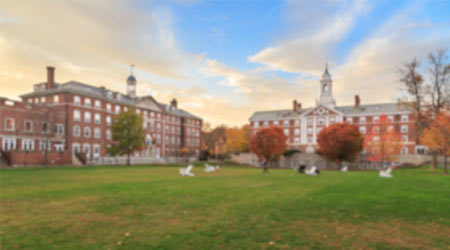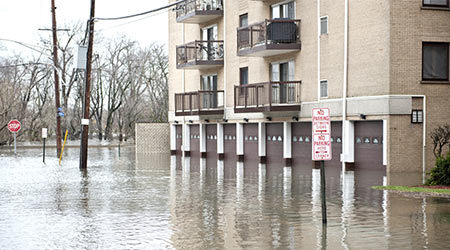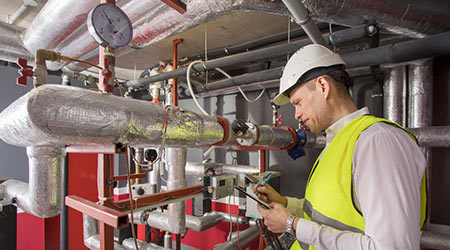
Deferred Maintenance: Higher Education Struggles
January 9, 2018
The issue of deferred maintenance is never far from the mind of most maintenance and engineering managers in institutional and commercial facilities. For managers in public facilities, the concern is especially great given the limits they face due to their organizations’ reliance on tax dollars for operations. Higher education offers a telling case in point.
Ask college presidents about the health of their institutions, and they’re happy to rattle off enrollment figures or capital-campaign progress reports. Ask about how deferred maintenance costs on their campuses are piling up, and they get a little quiet. That’s because most colleges are crowded with aging buildings that will need to be replaced, renovated, or retrofitted, and the millions of dollars needed to tackle such projects are hard to come by when other urgent priorities beckon, writes Lee Gardner in an article in The Chronicle of Higher Education.
It’s a dilemma that the leaders of California’s public-college systems now well, he writes. The University of California, California State University, and California Community College systems need at least $47.2 billion to cover construction, renovation, and retrofitting over the next five years, according to recent report released on Wednesday by the College Futures Foundation, which seeks to increase educational attainment in the state.
Read about developing a deferred maintenance strategy.
The need for capital financing for is "immense and overwhelming," and finding the money to fill that need is challenging at best, writes Patrick J. Lenz, the report’s author. How immense and overwhelming? Together the three systems encompass 147 campuses and nearly 14,000 buildings, many of them dating from California’s long postwar public-college building boom, Gardner writes. Most college buildings need to be renovated or replaced after 25 or 30 years, experts say. The Cal State system alone has a backlog of more than $2 billion in deferred-maintenance work, a number that grows by more than $143 million every year, according to the report.
Learn from managers about their deferred maintenance strategies.
Unlike in many states, California’s public colleges can’t simply take faltering buildings offline. Demand for seats remains high, and many of the state’s public institutions are projected to increase their enrollments by several thousand students, on average, over the next five years. Every available square foot will count, Gardner writes California’s public colleges are in an especially tight spot with capital financing because of recent changes in state law. Under legislation passed between 2013 and 2015, the University of California and Cal State systems are allowed to spend money from their operating budgets to pay for capital projects without waiting for money from, or seeking the approval of, the state. But the systems are expected to pay for capital projects out of their operating budgets, which are already tight.
This Quick Read was submitted by Dan Hounsell — dan.hounsell@tradepressmedia.com — editor-in-chief of Facility Maintenance Decisions.
Next
Read next on FacilitiesNet












